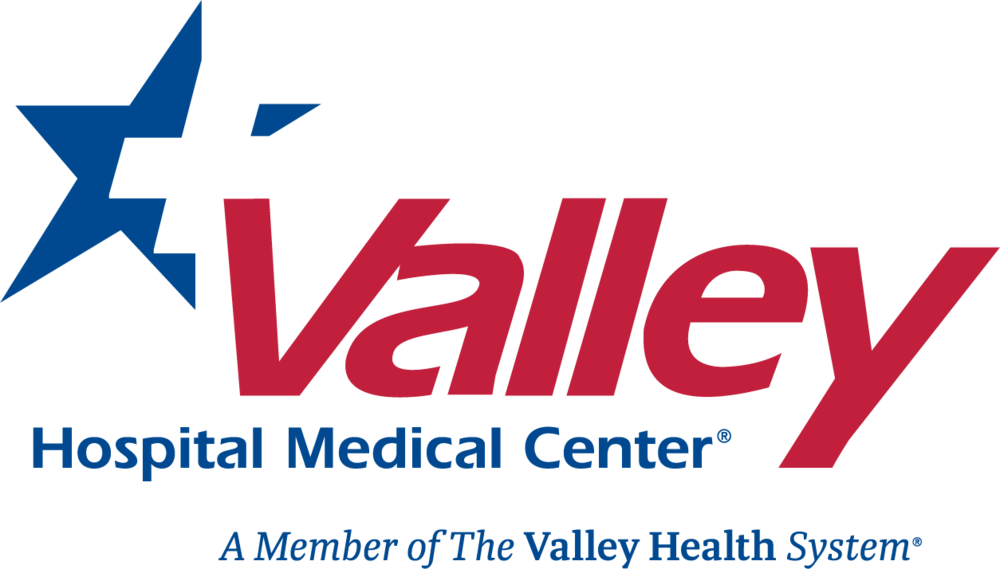Diagnosing and Treating Heart Disease
Cardiac catheterization involves the use of radiological equipment to both diagnose and treat some forms of heart disease. At Valley Hospital Medical Center, a wide range of diagnostic procedures and treatment options are available.
Angiography
A type of X-ray, angiography allows doctors to see the blood flow within an artery by inserting a thin, flexible tube called a catheter into a vein and guiding it to the area of interest. Iodine dye is inserted into the vessel to make it more visible in X-ray images. The images help physicians evaluate the amount of plaque in each artery and can also help detect aneurysms or blockages.
Intracoronary Ultrasound
This procedure uses high frequency sound waves, or ultrasound, to evaluate the heart and determine different treatment needs. A miniature sound probe (transducer) is placed on the tip of a catheter and threaded through the coronary arteries to the heart where it emits sound waves to create the images.
Endomyocardial Biopsy
Used mainly to diagnosis cardiomyopathy, this test involves cutting or scraping a small piece of heart tissue in order to examine the sample closely and detect any abnormalities.
Angioplasty
This is a less invasive treatment option for those with coronary artery disease and can be performed in the cath lab. Instead of open-heart surgery, angioplasty uses a thin catheter inserted through the patient's groin or arm to open a blocked coronary artery. This is accomplished by inflating a balloon at the end of the catheter when it reaches the artery. The balloon is inflated to push plaque to the walls of the artery, creating more room for the blood to flow.
During an angioplasty, a device called a stent may be permanently placed in the artery to help keep it open. A stent is a small, expandable wire that contains the balloon used to inflate the artery. When the balloon is opened, the mesh-like stent is pushed to the artery walls and the cells lining the blood vessel grow through the structure holding it in place. This procedure helps the artery to remain open after the balloon is deflated and removed.
Angioplasty can also be successful in preventing restenosis (the renarrowing of the arteries), and helps prevent pieces of the wall from breaking off. Drug-coated stents are used to distribute medication to the site, preventing restenosis.
Impella Cardiac Assist Device
The Impella cardiac assist device provides support for patients who develop heart failure after surgery. The device, which is used in a minimally-invasive procedure, can be used for up to seven days to provide circulatory support while physicians develop a treatment plan.
Intravascular Brachytherapy
This procedure involves the placement of a catheter containing radiographic materials at the tissue where narrowing has occurred in order to interrupt or prevent the regrowth of tissue or plaque blocking the vessel.
Thrombectomy/Thrombolysis
The most effective procedure to treat deep vein thrombosis (DVT), a catheter-directed thrombolysis is performed under imaging guidance by interventional radiologists. DVT is a blood clot commonly found in the lower leg, thigh or deep veins of the pelvis. The clot may travel through the blood stream and potentially lodge in the brain, lungs, heart or other area, causing severe damage.
Heart Patient Reunion
Valley Hospital held a heart patient reunion where two patients shared their stories of how the providers at the cardiac cath lab helped save their lives.
